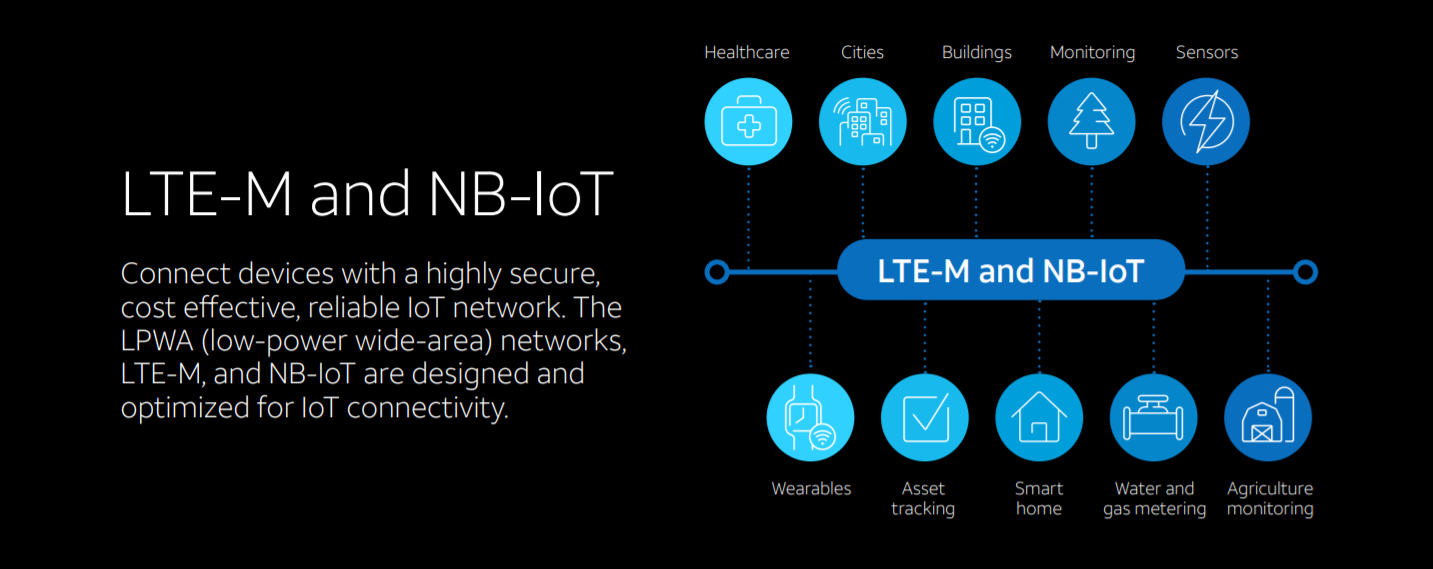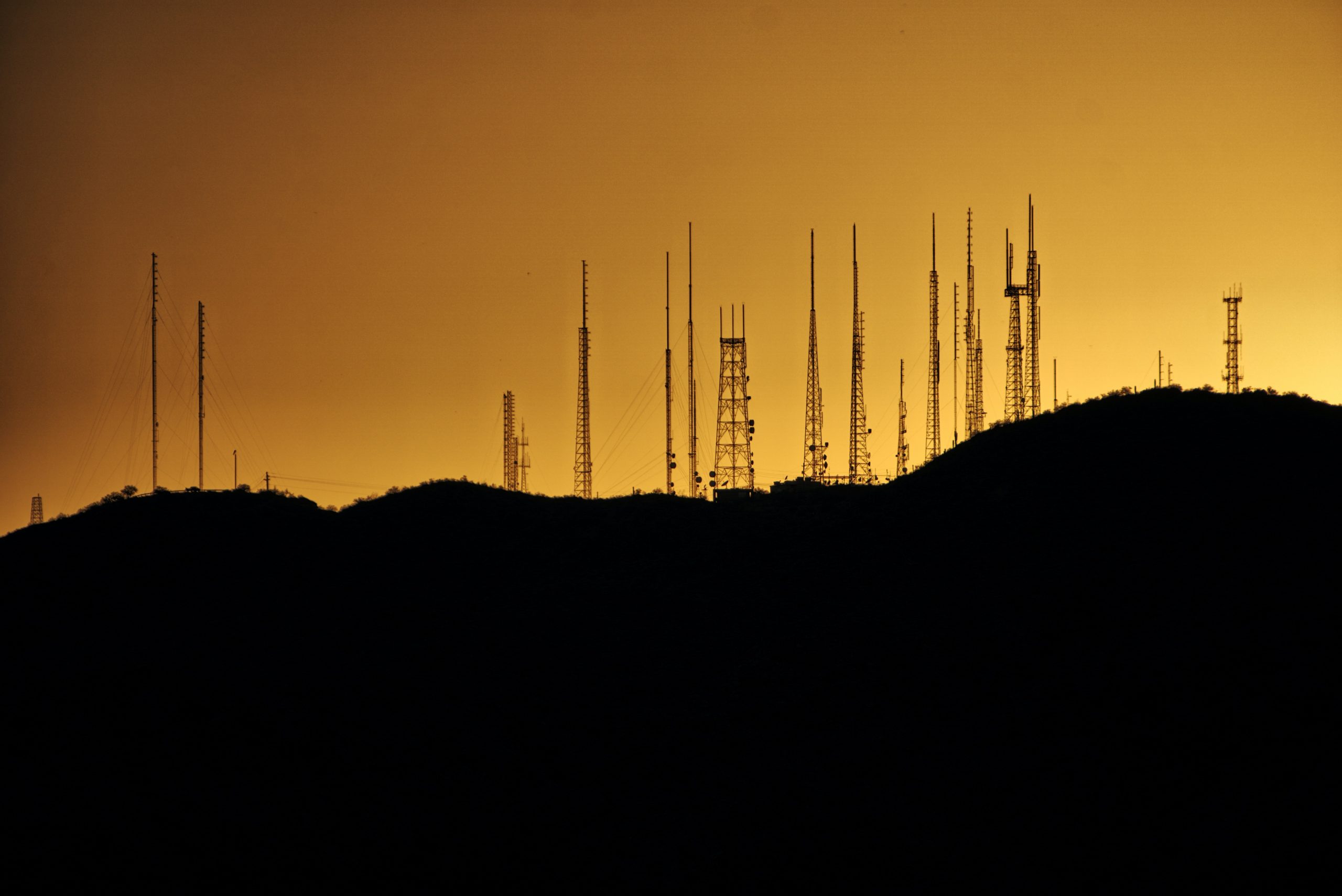Why is the 3G network shutting down in some regions?
In many regions, mobile operators have decided to shut down the 3G network to better support high-data usage with newer generation technologies, like 4G or the upcoming 5G, and with this, provide faster connectivity.
Particularly for the M2M device industry, 3G has been a brief and transitory technology, which in most regions can be substituted by the LTE-M or NB-IoT networks, which operators are quickly deploying and expanding, especially for the IoT applications.
From the GPS-tracking manufacturer perspective, 3G-based hardware is becoming less attractive as modules are expensive, and there are not many perspectives on the long-run for these products, as the 3G shutdown is imminent and just a matter of time.
Even when 3G is phased out, it is anticipated that mobile operators in several regions will maintain the 2G network to support the legacy 2G M2M devices connected to their network, so having devices with a 2G fallback is still convenient, and in many cases even better than a 3G one.
2G network availability is different depending on the location. While in places like Japan or the USA, 2G has been switched off already, many regions like Europe, Africa, or some places in South America still will support the network for a few more years.

When will the 3G network shut down will happen?
It is expected that in North America, the 3G network will be shut down by February 2022, with some carriers starting from 2021.
This is a major change for the fleet industry, and companies need to plan for the technology swap. Not having the proper hardware might cause disruptions on the service as tracking devices will no longer work on the 3G network once the shutdown takes place.

What actions to take?
If you provide GPS-tracking or Fleet-Management services and are working with either 2G or 3G hardware, you might want to consider switching to LTE devices. Many manufacturers have already within their portfolio LTE Cat-M1 / NB1 devices, which not only have better performance and allow broader applications but are also very competitive in terms of pricing as LTE hardware cost has decreased significantly.

LTE M 2
💡 You can find an insightful whitepaper by AT&T about this topic on the following link:
🌎 You can also CHECK THIS MAP to see the LTE-M and NB-IoT coverage in your region.
🛰️ Do not forget to go to our DEVICES section, where you can search and filter devices according to their network connectivity!

